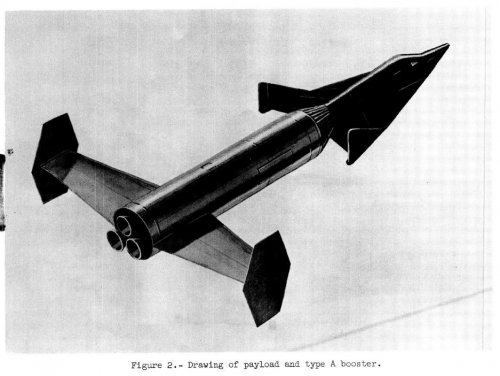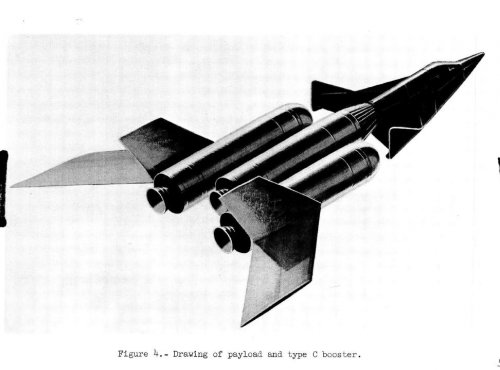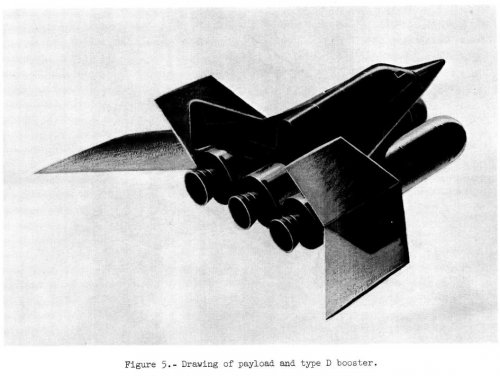- Joined
- 1 April 2006
- Messages
- 11,335
- Reaction score
- 9,961
TECHNICAL MEMORANDUM X-636
PRELIMINARY PERFORMANCE ANALYSIS OF AIR LAUNCHING MANNED ORBITAL VEHICLES
By Donald R. Bellman and Harold P. Washington
http://ntrs.nasa.gov/search.jsp?R=931433&id=2&qs=Ne%3D26%26Ntt%3DAIR%252BLAUNCHING%26Ntk%3Dall%26Ntx%3Dmode%2520matchall%26N%3D269%26Ns%3DHarvestDate%257c1
http://hdl.handle.net/2060/19720063744 - direct pdf link
PRELIMINARY PERFORMANCE ANALYSIS OF AIR LAUNCHING MANNED ORBITAL VEHICLES
By Donald R. Bellman and Harold P. Washington
http://ntrs.nasa.gov/search.jsp?R=931433&id=2&qs=Ne%3D26%26Ntt%3DAIR%252BLAUNCHING%26Ntk%3Dall%26Ntx%3Dmode%2520matchall%26N%3D269%26Ns%3DHarvestDate%257c1
http://hdl.handle.net/2060/19720063744 - direct pdf link





